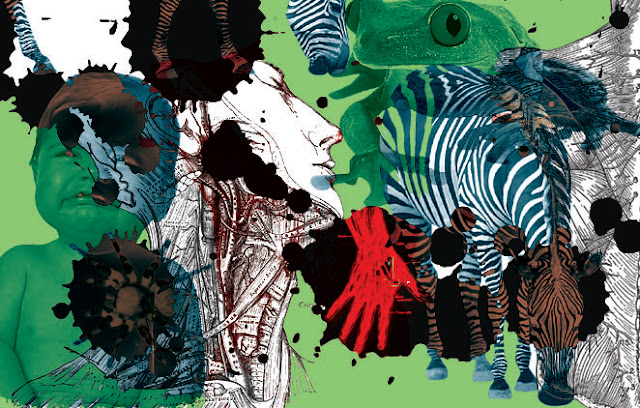

Between 11 the Augustinian Abbey of Osney bought the tenancy of two virgates at Hampton Gay from Robert de Gay, who in stages from 1210 to 1222 gave the remainder of his tenancy to the abbey. Valery estate to the Benedictine convent at Godstow. In about 1218 Robert de Gay gave the tenancy of half a hide of the St. In about 1311 the Templars were suppressed and their holding at Hampton Gay was transferred to the Knights Hospitaller of Saint John of Jerusalem. In about 1170 Reginald de Gay gave a virgate of land (about 30 acres (12 ha)) to the house of the Knights Templar at Cowley, Oxfordshire. Hampton Gay's toponym combines their surname with the Old English for a village or farm. The de Gay family were tenants of both estates by about 1137 and remained so until 1222. The Domesday Book of 1086 records that one Rainald was the tenant of both the d'Ivry and the royal estate. The royal estate at Hampton Gay became part of the honour of Gloucester and thereby followed the same descent as the manor of Finmere. Under his successor Edmund, 2nd Earl of Cornwall towards the end of the 13th century the d'Ivry holding was merged with the Duchy of Cornwall. Valery, which in the 13th century was owned by Richard, 1st Earl of Cornwall. D'Ivry's holding became part of the honour of St. Manor Īfter the Norman Conquest of England Robert D'Oyly gave an estate of three hides at Hampton Gay to his brother in arms Roger d'Ivry, while a second estate of two hides at Hampton Gay belonged to the Crown. It is decorated with stylised Acanthus leaves and may be late Saxon, from the 10th or 11th century. In 1972 a cast bronze clasp was found at Hampton Gay near St Giles' parish church. Hampton Gay is a village in the Cherwell Valley about 1.5 miles (2.4 km) north of Kidlington, Oxfordshire. Remember, the golden hour is not during sunset or sunrise, but shortly before and after. There are golden hour calculators that helps determine the time of day that will be perfect for pictures. The duration of the golden hour depends on both the latitude and season, and it changes daily. This lighting also gives the capability of extra effects like a nice flare or rim light. The sky has more color during this time, especially if clouds are picking up the sun’s rays. Golden light also makes for great landscape pictures. Unlike at other times of the day, golden hour is the perfect time to have your subject almost directly facing the sun. Harsh sunlight causes sharp shadows on faces and makes the model squint.
#Poyle redhand skin
When capturing portraits, warm golden light is more flattering for skin tones than harsh light. "Normally, I go out an hour and half before sunset so I can get a great variety of shots," Michaels said. Arrive at your shooting location beforehand to set up.


The best way to make sure you don't miss the small window of amazing lighting is to schedule your plans around the golden hour. This lets the photographers give clients a variety to choose from." "Photographers are able to do so much more during this time, such as capturing a silhouette.
#Poyle redhand full
However, shoot into the sun for a full or partial silhouette. Portraits and landscapes benefit the most from this special light. It allows me to be able to backlight a subject and prevent shadows from covering the face," photographer Kevin Michaels said. The colors it produces are much more flattering than any other times of the day. "Golden hour is great for shooting because of the direction the light comes in. Not only does the yellow hue look incredible in photos, the light is also coming in at a good angle. This increased distance causes more of the blue portion of the sun’s rays to scatter away from our eyes, and more of the yellow, orange and red portion of the sun’s rays to reach our eyes," AccuWeather Meteorologist Bob Smerbeck said. "During sunrise and sunset, the sun’s rays have to travel a longer distance through the atmosphere before reaching our eyes. Shooting during this time, also referred to as the magic hour, can have an amazing effect on your photographs. In photography, the "golden hour" refers to a period shortly after sunrise or before sunset when daylight is soft and creates a warm glow. Lighting can make the difference between an average image and a breathtaking and eye-catching photo. By Chaffin Mitchell, AccuWeather staff writer


 0 kommentar(er)
0 kommentar(er)
